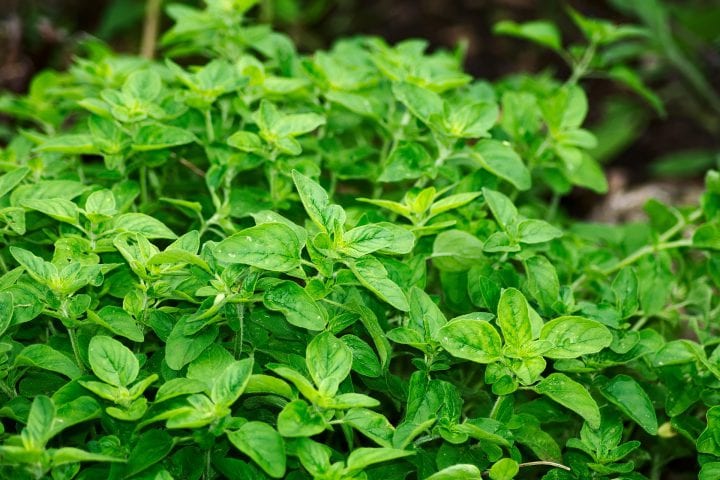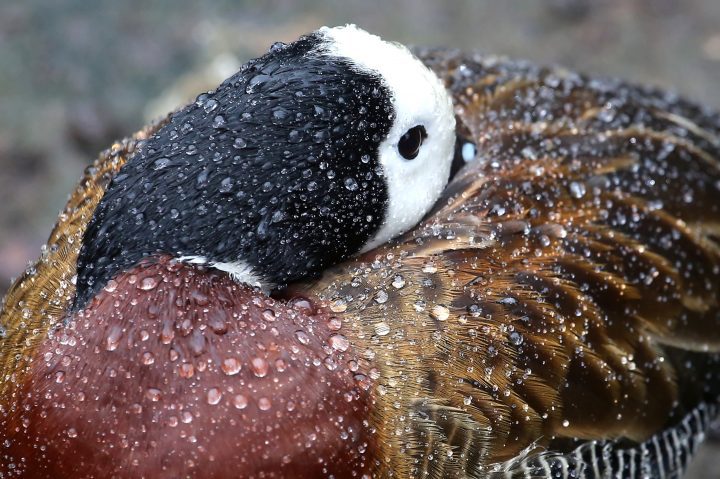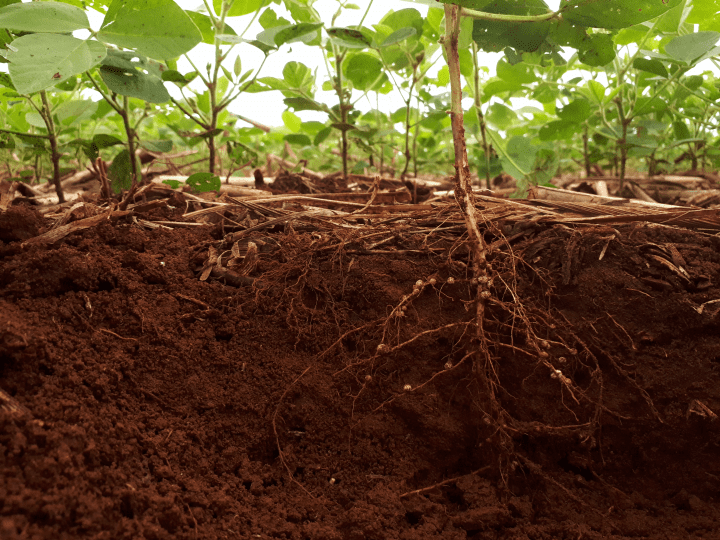Skin of red-backed salamanders protects from pathogenic fungus thanks to resident antifungal microbes.
Related Content
“The disease chytridiomycosis, which is caused by the chytrid fungus
Batrachochytrium dendrobatidis, is associated with recent declines
in amphibian populations. Susceptibility to this disease varies
among amphibian populations and species, and resistance appears
to be attributable in part to the presence of antifungal microbial
species associated with the skin of amphibians. The betaproteobacterium
Janthinobacterium lividum has been isolated from the
skins of several amphibian species and produces the antifungal
metabolite violacein, which inhibits B. dendrobatidis. In
this study, we added J. lividum to red-backed salamanders (Plethodon
cinereus) to obtain an increased range of violacein concentrations
on the skin. Adding J. lividum to the skin of the
salamander increased the concentration of violacein on the skin,
which was strongly associated with survival after experimental exposure
to B. dendrobatidis. As expected from previous work, some
individuals that did not receive J. lividum and were exposed
to B. dendrobatidis survived. These individuals had
concentrations of bacterially produced violacein on their
skins that were predicted to kill B. dendrobatidis.
Our study suggests that a threshold violacein concentration
of about 18 µM on a salamander’s skin prevents mortality and
morbidity caused by B. dendrobatidis. In addition, we
show that over one-half of individuals in nature support
antifungal bacteria that produce violacein, which suggests that
there is a mutualism between violacein-producing bacteria and
P. cinereus and that adding J. lividum is effective for
protecting individuals that lack violacein-producing skin
bacteria.” (Becker et al. 2009:6635)
http://aem.highwire.org/cgi/content/abstract/75/21/6635
http://www.sciencedaily.com/releases/2009/11/091119212100.htm





